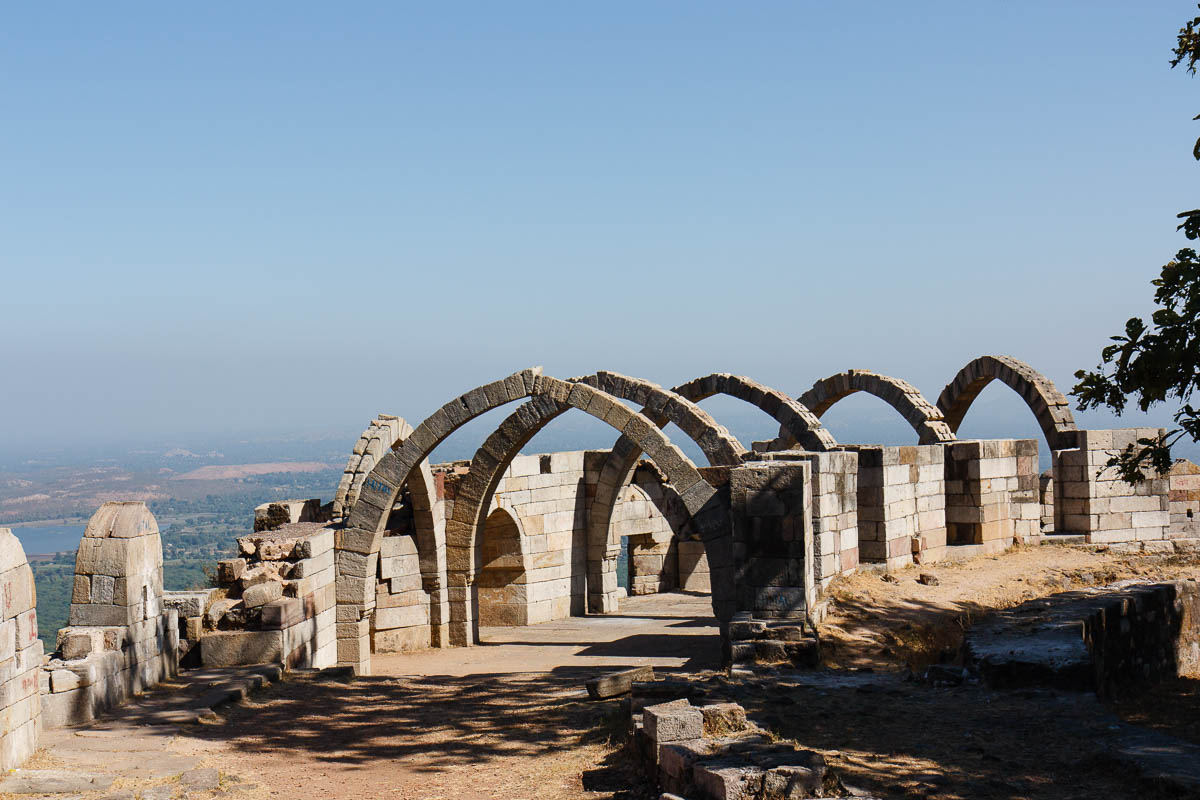 |
| Kite shop (2009) |
Text by Cedric & Tami.
Uttarayan, which is a Hindu festival that falls on January 14, is celebrated in Ahmedabad by flying kites. The holiday marks the northward movement of the sun and the beginning of the decline of winter. It is said the weather changes on this day, bringing strong winds that make it perfect for flying kites....a tradition that apparently started as a passionate sport of kings who hired skilled kite flyers to do battle and show their prowess. Today, everybody - and I do mean everybody - gets up on their rooftops to fly kites and enjoy the festivity. And in recent years, the festival has become a two-day affair, equally intense on both the 14th and 15th of January!
The kites for Uttarayan are quite different from the everyday kites that you're likely to see in the U.S. The kites (patangs) have a seemingly simple design that makes it possible make them at home or produce them inexpensively for volume buys (20 kites per purchase is not uncommon). The kites are extremely maneuverable and the kite string (manja) is coated with a paste that has powdered glass making it razor sharp. This glass coating is important, as the aim is not to just launch and keep your kite in the air and possibly do a few acrobatic tricks, but rather the aim is to use your skill to cut down other kites while keeping yours in the air for as long as possible! The atmosphere is festive, exciting and noisy! Shouts of kade (cut!) or lapat (reel it in!) ring through the air with much cheering. Kids run through the streets to catch the cut kites and if the kites are still in-tact, they will be flown again.
I bought the thread, which comes in a 1000 yard reels, and took it to a manja maker. These people take their jobs & reputations seriously. They set up in any open space along the streets around the middle of December and by the beginning of January, they are busy from early morning to late at night. First the thread is strung between two posts. Then, the thread is coated with a doughy paste that is made of rice or some other gluey substance, coloring, and the all-important finely powdered glass. The recipes are closely held secrets! After the paste dries, the string, now called manja, is coiled onto a reel called the firki.
 |
| The thread is strung between two posts |
 |
| Stringing the thread |
 |
| Carefully separating each thread |
 |
| Making sure the paste covers each thread |
 |
| Concentrating on an even coating |
 |
| After the manja is dry, it is rolled up on these reels while eager customers watch |
Kites are sold by the dozens in colorful shops. (I took these pictures on our 2009 visit to Ahmedabad).
Uttarayan dawned this year with a thick fog and no wind! But by late afternoon, the fog had lifted, the wind picked up and was good and steady, and the temperature was cool - ideal kite flying weather. Unfortunately, I was a bit under-the-weather, and not able to fly kites this year. But I was still able to see and feel the magic of this very special holiday. The rooftops were full of people and it was fun to watch whole families really get into the kite flying action. (For better kite pictures & a great writeup go to this
site.)
 |
| Each of these kite designs have a name - Chandedar is one with the moon; Ankedar is the one with the two eyes. |
The next set of kite-flying photos are from my 2009 trip.
 |
| My friends Mihir, Bhaskar and Suhail |
 |
| My taped fingers. The manja is sharp and cuts through flesh quite easily. |
In the past, the kites continued to fly after the sun went down, illuminated by a series of lights attached to the kite string. In more recent years, this "lighting the night sky" tradition has morphed into a release of thousands and thousands of paper lanterns that are built like tiny hot-air balloons. The sight is incredible and absolutely unforgettable! As the mind-boggling number of lanterns floated over head, it felt like the earth had accelerated its rotation and the stars were zooming by! For all the Trekkies out there, Tami said that it felt like being on the Starship Enterprise, going at warp speed through the galaxies! Afterwards, the sky continued to light up with an explosion of fireworks across the city. It was impossible to catch the magic of the lanterns with our small cameras, but we tried. The best of the lot are below.
 |
| Lanters floating towards us |
 |
| Like mini hot air balloons. |

















































